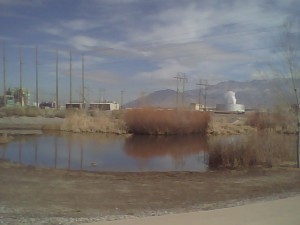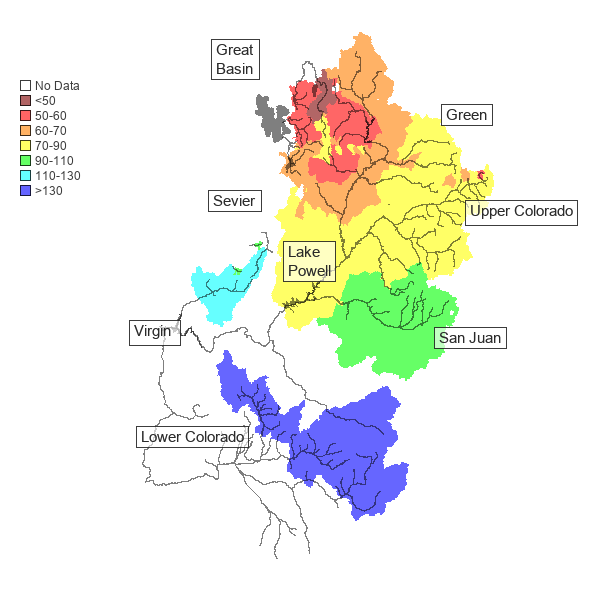It must have seemed like a good idea. Southwestern Colorado had coal. California needed it. And the Colorado River provided what seemed like a relatively level route to get from Point A to Point B.
Thus was R.B. Stanton dispatched in 1889 to survey a route for the Denver, Colorado Canyon & Pacific Railroad. The effort failed, and three members of Stanton’s party drowned downstream from Lee’s Ferry, adding to the Grand Canyon’s reputation as, in the words of P.T. Reilly, “the most dangerous river on the continent.”
I bring this up as prelude to this lovely photo, apparently taken by Stanton, likely in 1889 after he and his party had stumbled, starving, into Lee’s Ferry:
It’s from the remarkable personal photo collection of Frederick Samuel Dellenbaugh, a member of John Wesley Powell’s second Colorado River survey party, which Yale University’s Beinecke Rare Book and Manuscript Library has digitized and put on line.
(The story of Stanton’s visit to Lee’s Ferry is chronicled in Reilly’s Lee’s Ferry: From Mormon Crossing to National Park)






